Could someone help the useless noob that I am understand what the difference is between these two speedlites?
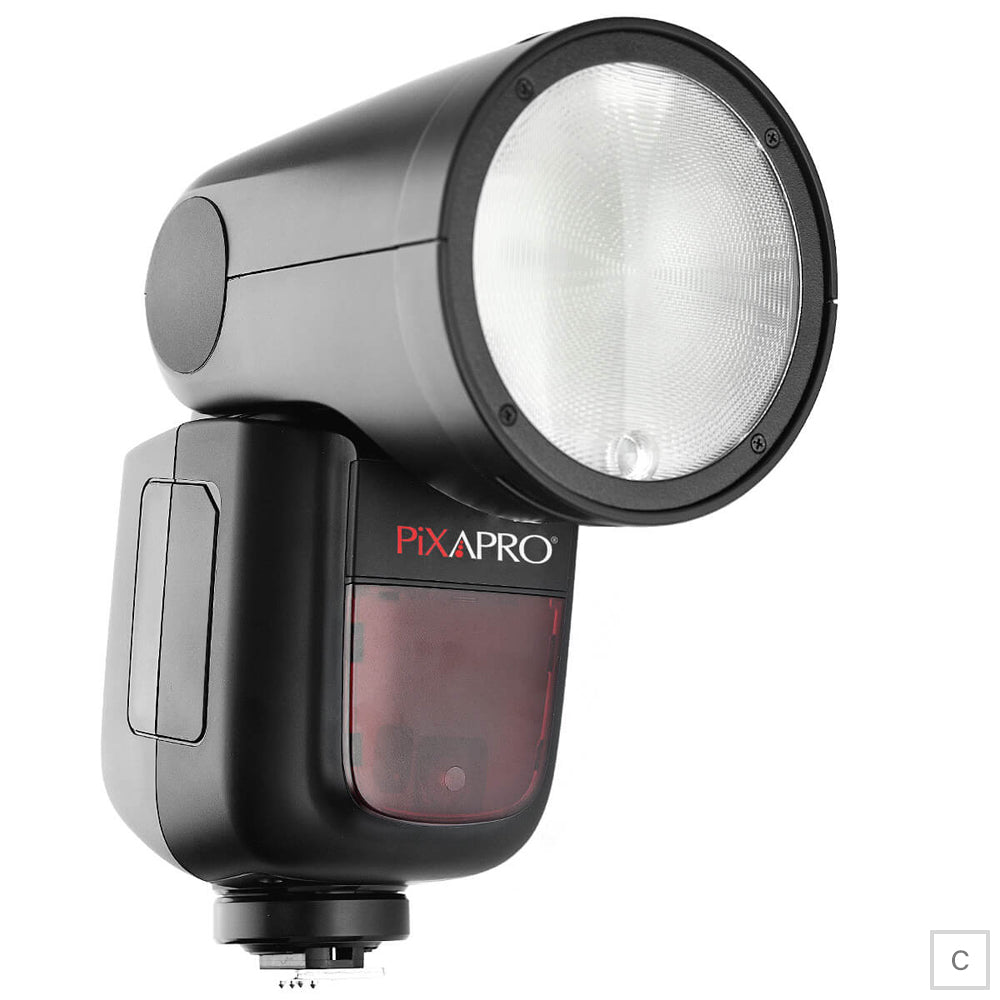
 www.essentialphoto.co.uk
www.essentialphoto.co.uk
And
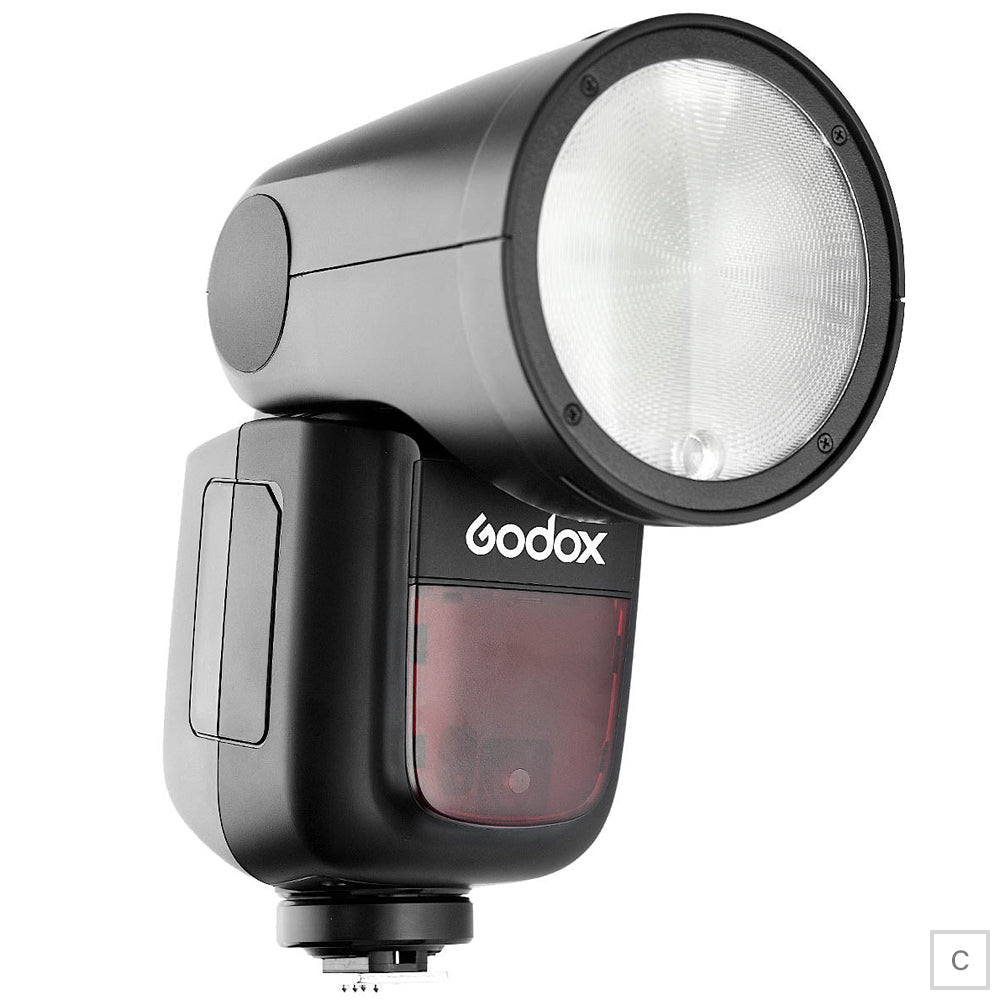
 www.essentialphoto.co.uk
www.essentialphoto.co.uk
Or these two:
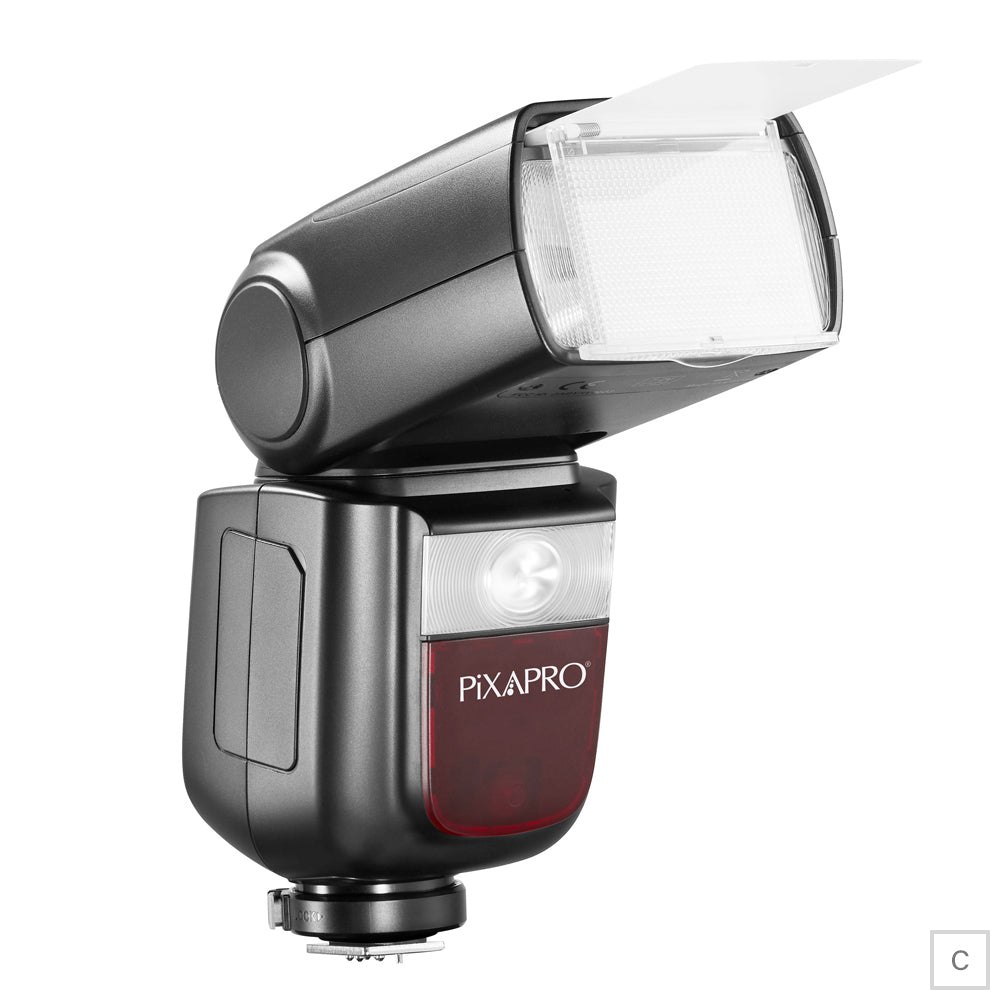
 www.essentialphoto.co.uk
www.essentialphoto.co.uk
And
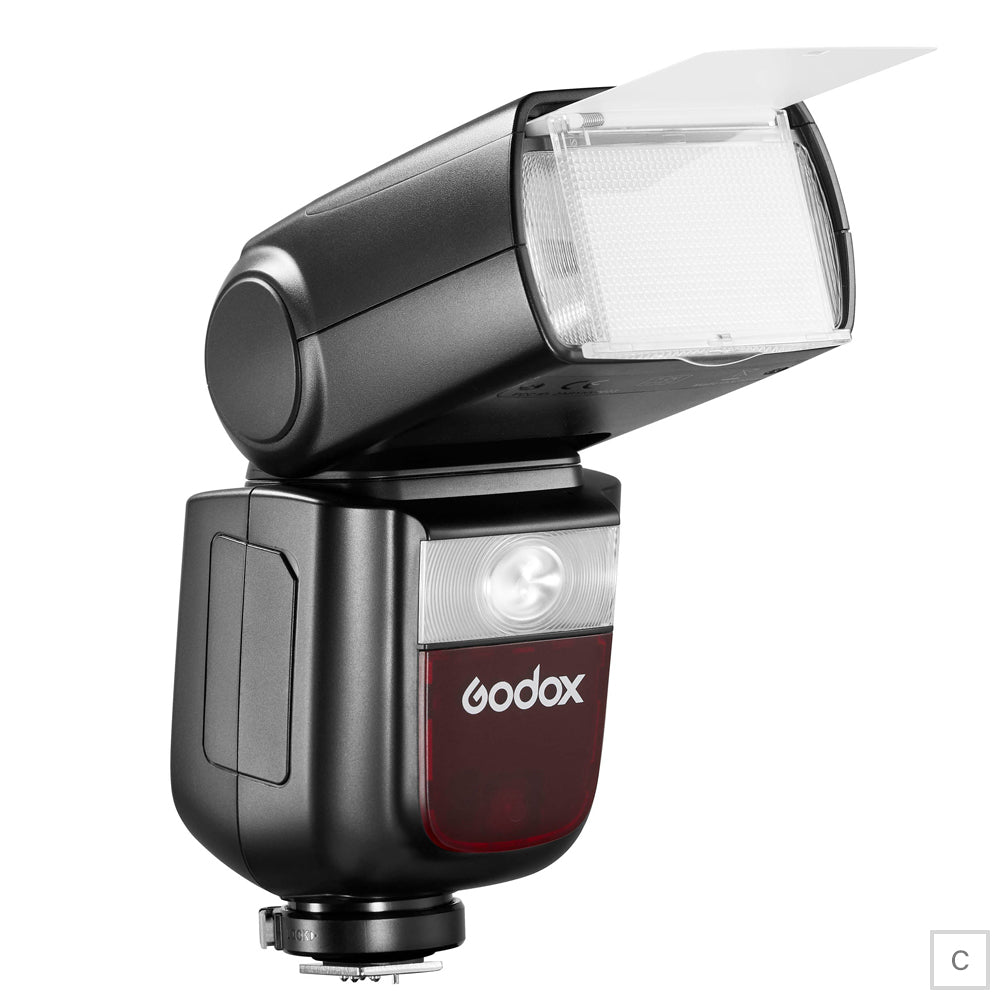
 www.essentialphoto.co.uk
www.essentialphoto.co.uk
They look the same to me. Is it just the branding that's different? Any advantages for the more expensive round head flash?
Any guidance appreciated as I was looking at this cheaper one....
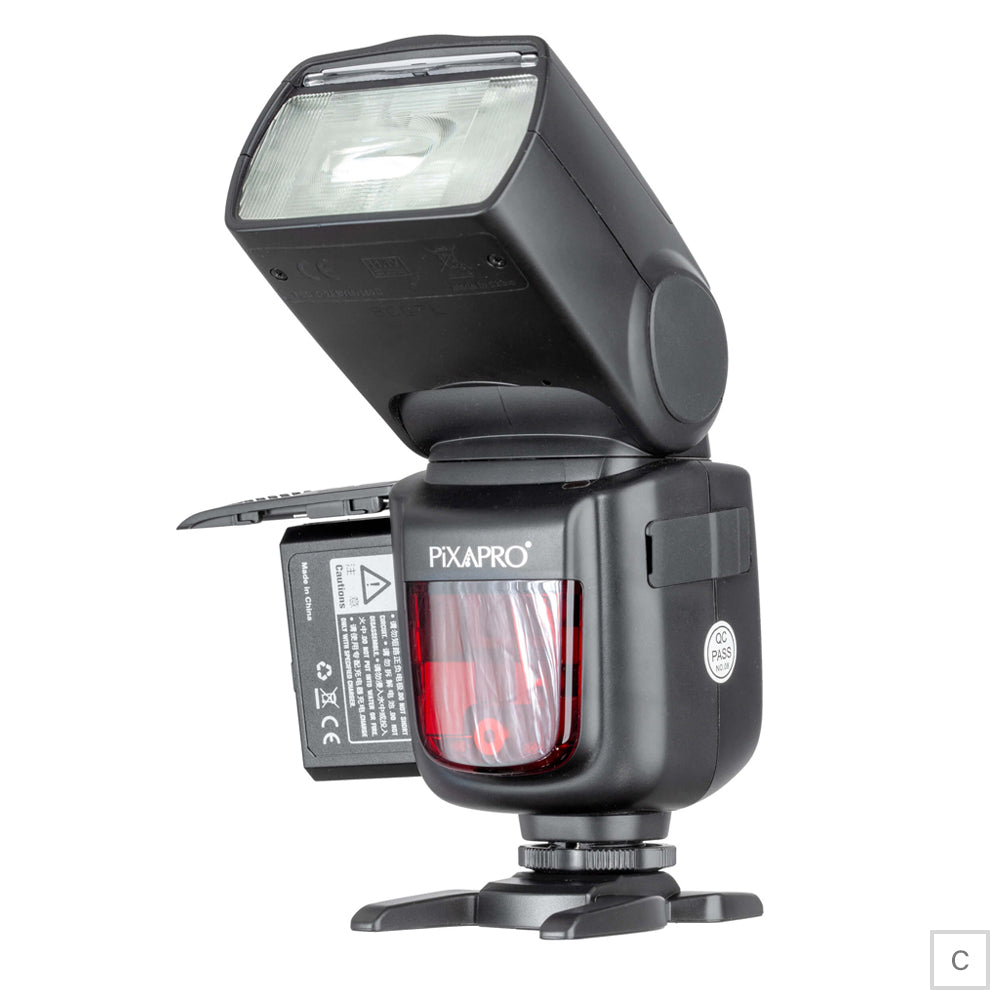
 www.essentialphoto.co.uk
www.essentialphoto.co.uk
Thanks
Adam

GIO1 (V1) TTL & HSS Round-Head Speedlight By PixaPro
The PixaPro GIO1 TTL & HSS is a revolutionary new type of round-head speedlight which produces beautifully smooth graduated lighting. UK Warranty | Trusted Shop Guarantee | 28-Day Return Policy | UK Stock | Expert service & advice | Next-day delivery
 www.essentialphoto.co.uk
www.essentialphoto.co.uk
And

V1 Round-Head TTL Speed Camera Light Flash & Metal Hot-Shoe - Godox
The GODOX V1 TTL Speed Camera Light Flash features a revolutionary round flash head, enabling it to produce smooth-gradated lighting. UK Warranty | Trusted Shop Guarantee | 28-Day Return Policy | UK Stock | Expert service & advice | Next-day delivery
 www.essentialphoto.co.uk
www.essentialphoto.co.uk
Or these two:

Li-ION580III (V860III) TTL & Manual Powerful Speedlight - PixaPro
The PIXAPRO Li-ION580III TTL Powerful Speedlight is powered by a High-Capacity 7.2V/2600mAh Rechargeable Lithium-ion Battery. UK Warranty | Trusted Shop Guarantee | 28-Day Return Policy | UK Stock | Expert service & advice | Next-day delivery
 www.essentialphoto.co.uk
www.essentialphoto.co.uk
And

V860III TTL Photography Speedlight with Metal Hot-Shoe by Godox
The VING V860III TTL Photography Speedlight is a powerful TTL Speedlite with a 7.2V/2600mAh rechargeable battery. UK Warranty | Trusted Shop Guarantee | 28-Day Return Policy | UK Stock | Expert service & advice | Next-day delivery
 www.essentialphoto.co.uk
www.essentialphoto.co.uk
They look the same to me. Is it just the branding that's different? Any advantages for the more expensive round head flash?
Any guidance appreciated as I was looking at this cheaper one....

Li-ION580II TTL Camera Speedlight Flash
The LI-ION580II Camera Speedlight Flash uses a rechargeable lithium-ion battery which produces 650 Full-Powered Flashes Per-Charge. UK Warranty | Trusted Shop Guarantee | 28-Day Return Policy | UK Stock | Expert service & advice | Next-day delivery
 www.essentialphoto.co.uk
www.essentialphoto.co.uk
Thanks
Adam
Last edited:


